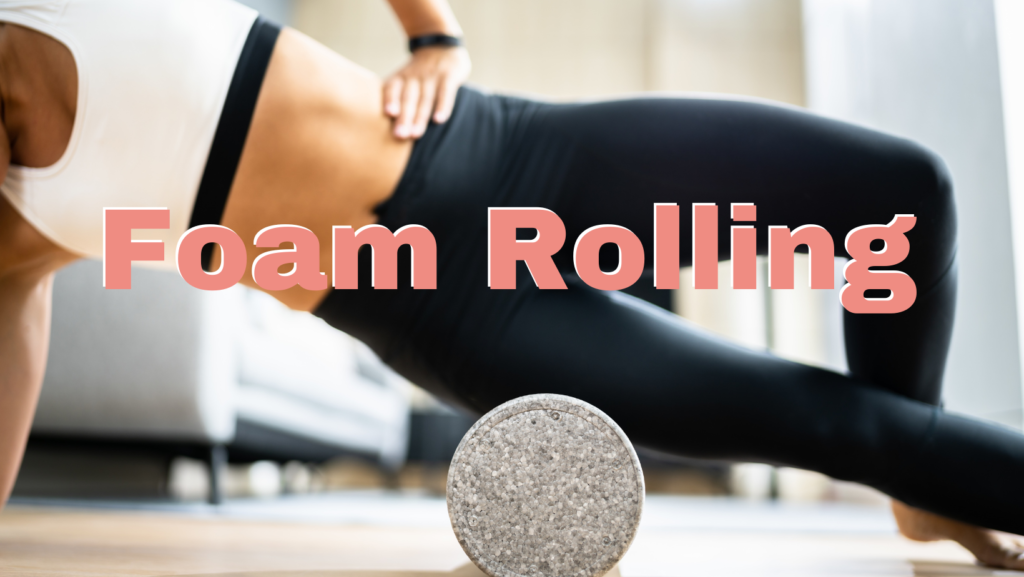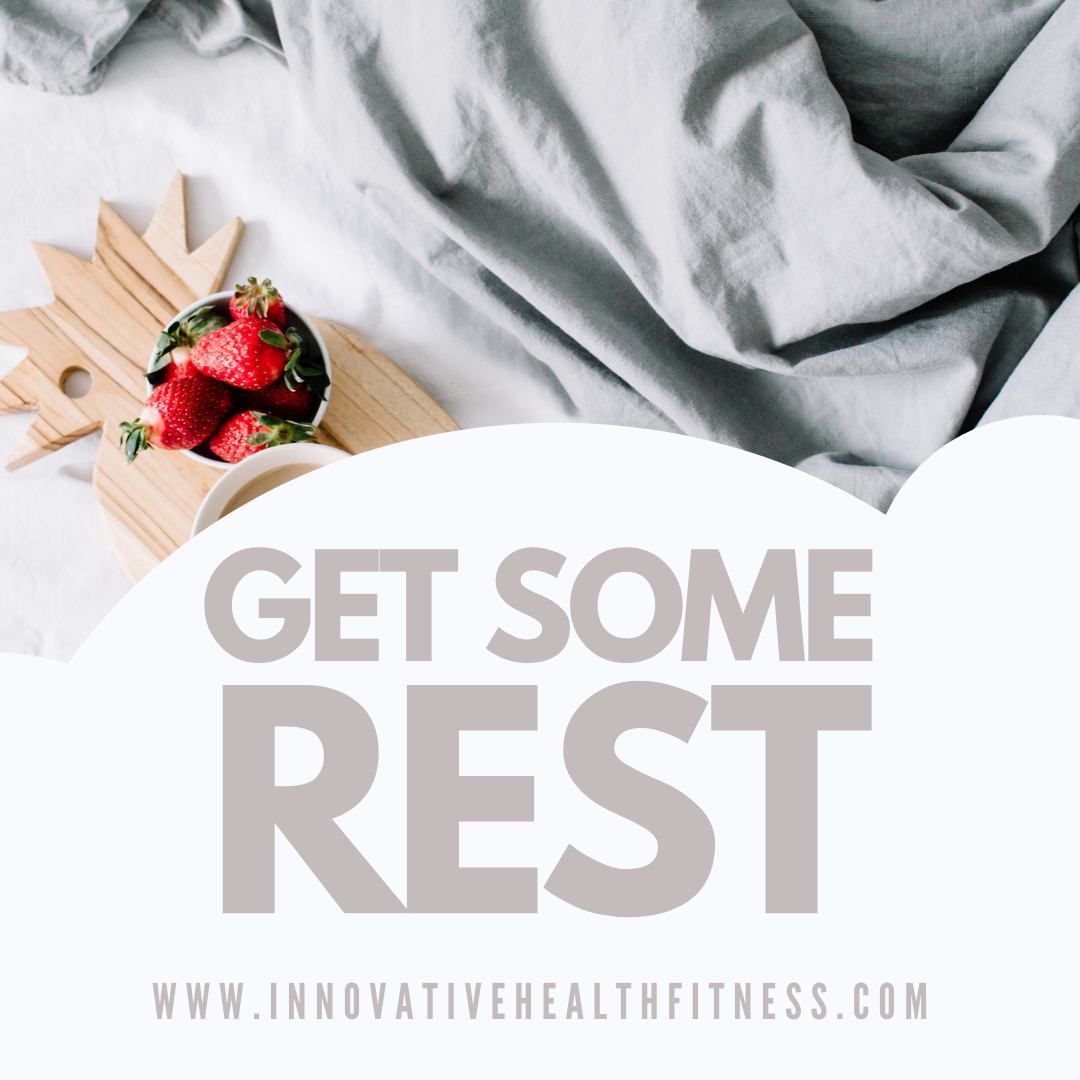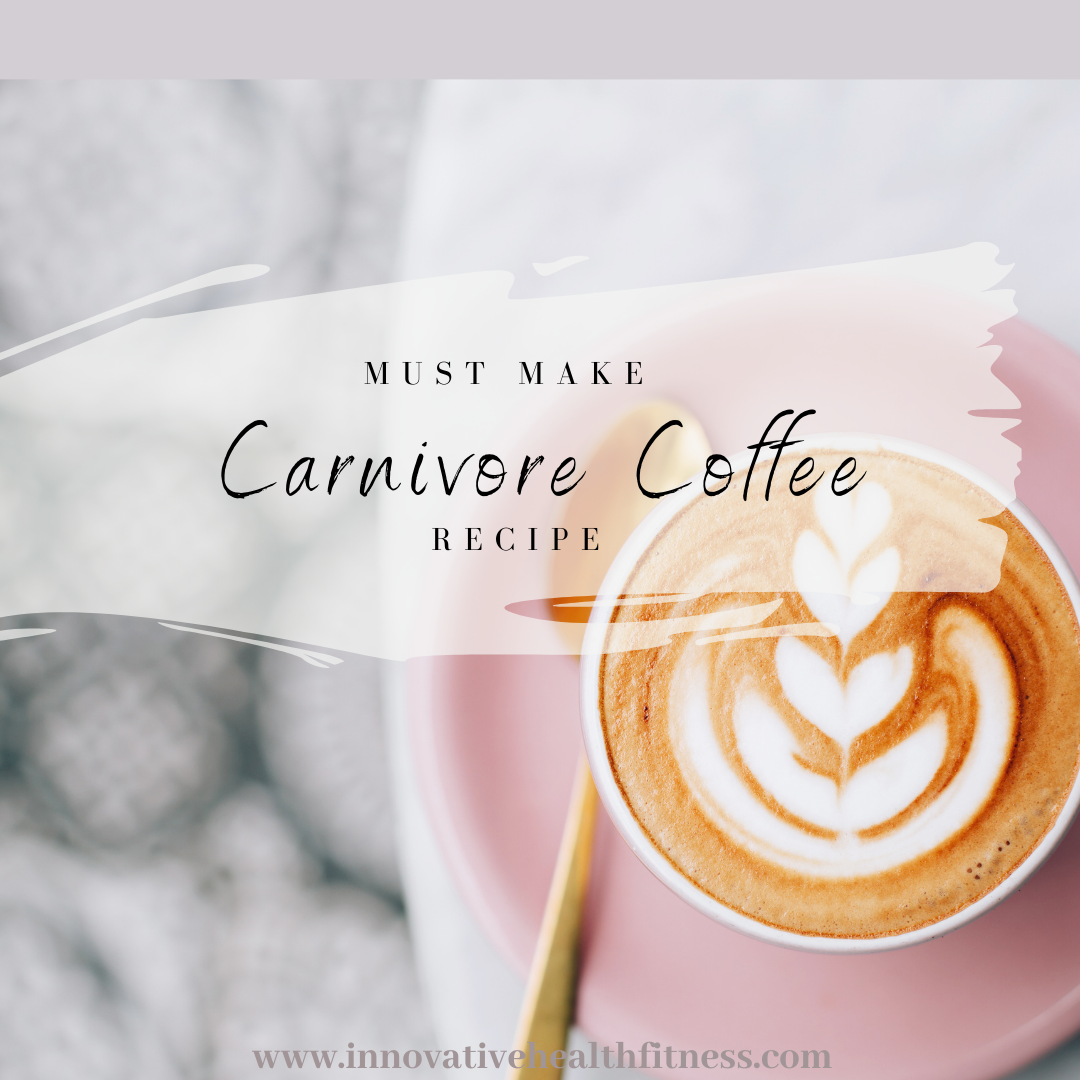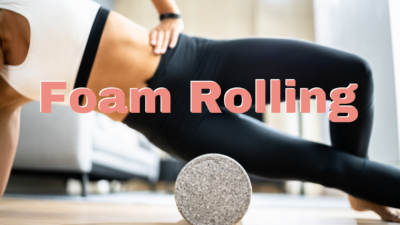
How to use a Foam Roller

Foam rolling is a great way to loosen up anything that becomes tight from your workouts (or from life). Keeping muscles loose keeps you performing optimally and prevents injury.
Foam rolling is more than just a fitness trend; it’s a powerful tool that can help you recover, improve flexibility, and reduce muscle soreness. Whether you’re an athlete or just trying to keep your body in top shape, knowing how to use a foam roller effectively can make a world of difference.
When you first use a foam roller, it may be uncomfortable, but remember that if you do have sore spots, the foam roller will help. Healthy muscle should not be painful, so if certain spots hurt, that means there is tightness that you need to get rid of. We want your muscle to be as healthy as possible so you can get the most out of your workouts.
Stretching. Yes, it sounds boring. Stretching doesn’t sound like something that will get you lean and fit, but before you’re tempted to write stretching off as a waste of time (and yes, as a mom, I understand you are SHORT on TIME!) remember that if you don’t stretch and take care of your muscles, you will not be able to work as hard as you otherwise could have. Hard work leads to fat loss. Stretching and healthy muscles leads to hard work! We want to get the biggest bang for our buck with our workouts, but we can’t make the most of our workouts if our muscles are tight and not well taken care of.
Spending an extra 10 minutes a day stretching and foam rolling will drastically improve the effectiveness of your workouts and the quality of your muscle.
For optimal recovery, choose one or two days a week to foam roll and stretch. You can do it while you’re watching TV. Make this a habit by finding a time that works best for you and select at least two days a week to spend time stretching and foam rolling.
The Science Behind Foam Rolling
Foam rolling is a form of self-myofascial release (SMR), which is a technique used to target tight or overactive muscles. The “myofascia” is a thin layer of connective tissue that surrounds your muscles. Over time, due to stress, overuse, or injury, the fascia can become tight and form knots or adhesions. These adhesions restrict movement, cause discomfort, and can lead to muscle imbalances.
Foam rolling works by applying pressure to these areas, which helps release the tension and smooth out the fascia. The pressure triggers a reflex called “autogenic inhibition,” where the muscle relaxes and lengthens. Additionally, it increases blood flow to the muscles, which speeds up recovery, reduces soreness, and improves flexibility.
Time to Roll it Out!
By using a foam roller you can release a lot of the knots and uncomfortable pressure from tight fascia on your own.
If performed properly and consistently, incorporating foam rolling into your exercise routine will add several health benefits.
Benefits of Foam Rolling
- Improved Flexibility
Foam rolling can increase the range of motion in your muscles and joints. By releasing tight fascia, you improve muscle elasticity, allowing for better movement during workouts or daily activities. - Enhanced Recovery
Foam rolling post-workout can help speed up recovery by increasing blood flow to fatigued muscles. This reduces soreness, inflammation, and the risk of injury in the future. - Reduced Muscle Tension
Foam rolling can help relieve tension in overworked or tight muscles, which can help with relaxation and stress relief, similar to getting a massage. - Better Posture
By addressing tight muscles and fascia, foam rolling can help correct postural imbalances that develop due to daily habits, like sitting for long periods or repetitive movements. - Injury Prevention
Regular foam rolling can keep muscles and connective tissue healthy, reducing the likelihood of strains, sprains, or other injuries caused by tightness or muscle imbalances.
The Moves
Here are six simple and easy lower body foam rolling moves that you can incorporate into your exercise routine.
Try and do these moves at least 3 times/week; preferably after exercise when your muscles are warm.
Do each move for at least one minute, slowly rolling back and forth on the roller. The key is to spend the most time in your tightest areas. Once you become familiar with the roller, you will become more aware of the small intricacies of your muscles; allowing you to focus on what areas need to be worked more than others.
The first few times you foam roll it may feel awkward and uncomfortable. This is normal! The more you roll, the more comfortable you will get with the process and the more your fascia will thank you!
Key Foam Rolling Moves
Foam rolling can be applied to various parts of the body, each targeting specific muscle groups. Here’s a guide to some of the most effective foam rolling techniques:
1. Quadriceps Roll
- Target: Front of thighs (quadriceps)
- How to: Lie face down with the foam roller under your thighs. Using your forearms for support, slowly roll from just above your knees to the tops of your thighs. Pause for a few seconds on any tender spots.
- Benefits: Helps relieve tightness from running, squats, or cycling.
2. IT Band Roll
- Target: Outer thigh (iliotibial band)
- How to: Lie on your side with the foam roller under your outer thigh, just below the hip. Use your arms and opposite leg for balance, and roll from your hip down to your knee. This can be a tender area, so take it slow.
- Benefits: Loosens tight IT bands, which are often linked to knee pain.
3. Hamstrings Roll
- Target: Back of thighs (hamstrings)
- How to: Sit on the ground with the foam roller under your hamstrings. Place your hands behind you for support, and slowly roll from the base of your glutes down to your knees.
- Benefits: Reduces tightness in the hamstrings, especially after exercises like deadlifts or running.
4. Calf Roll
- Target: Lower leg (calves)
- How to: Sit with the foam roller under your calves. Lift your hips off the floor and roll from just below the knees to the ankles, pausing on tender spots.
- Benefits: Eases tension in the calves, which can become tight from walking, running, or jumping activities.
5. Thoracic Spine Roll
- Target: Upper back (thoracic spine)
- How to: Sit on the floor with the foam roller placed under your upper back. Cross your arms over your chest, lift your hips, and slowly roll from the top of your shoulder blades to the middle of your back.
- Benefits: Helps improve posture and reduces tension in the upper back and shoulders, often caused by sitting or hunching.
6. Glute Roll
- Target: Buttocks (glutes)
- How to: Sit on the foam roller with your legs bent and hands on the floor behind you for support. Roll one side of your glutes at a time by crossing the ankle of one leg over the knee of the opposite leg and tilting to that side.
- Benefits: Relieves tightness in the glutes, which can cause lower back or hip discomfort.
How to Foam Roll Effectively
To get the most out of foam rolling, follow these steps:
- Go Slowly: Move the roller slowly over the muscle, spending at least 30-60 seconds on each area. When you find a tender spot, pause and let the pressure sink in for a few seconds.
- Avoid Joints: Don’t roll directly over joints like knees or elbows. Focus on the muscles surrounding these areas.
- Breathe Deeply: Foam rolling can be uncomfortable, especially if your muscles are tight. Focus on deep, controlled breathing to help relax your muscles.
- Be Consistent: Incorporate foam rolling into your daily routine, especially after workouts or when you feel tight. Consistency will maximize the benefits over time.
- Stay Hydrated: Foam rolling can help release toxins from your muscles, so be sure to drink plenty of water after your session.
In Closing
Foam rolling is a simple yet highly effective way to enhance your flexibility, improve recovery, and relieve muscle tension. With a basic understanding of the science behind it and a few key foam rolling moves, you can start incorporating this practice into your fitness routine. Remember, consistency is key, and your muscles will thank you!
Happy Foam Rolling!

Related posts:

Hi!! I’m Kristin McConnell, I am so glad you are here! I am a wife to my amazing husband and a Mom of two fabulous kids. I love gardening, raising chickens, bee keeping and baking sourdough bread!






